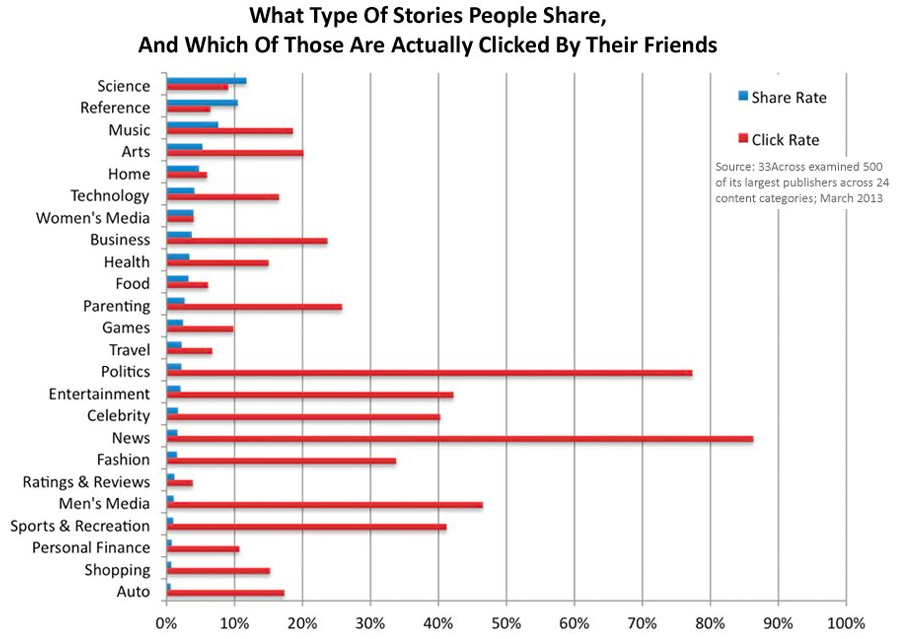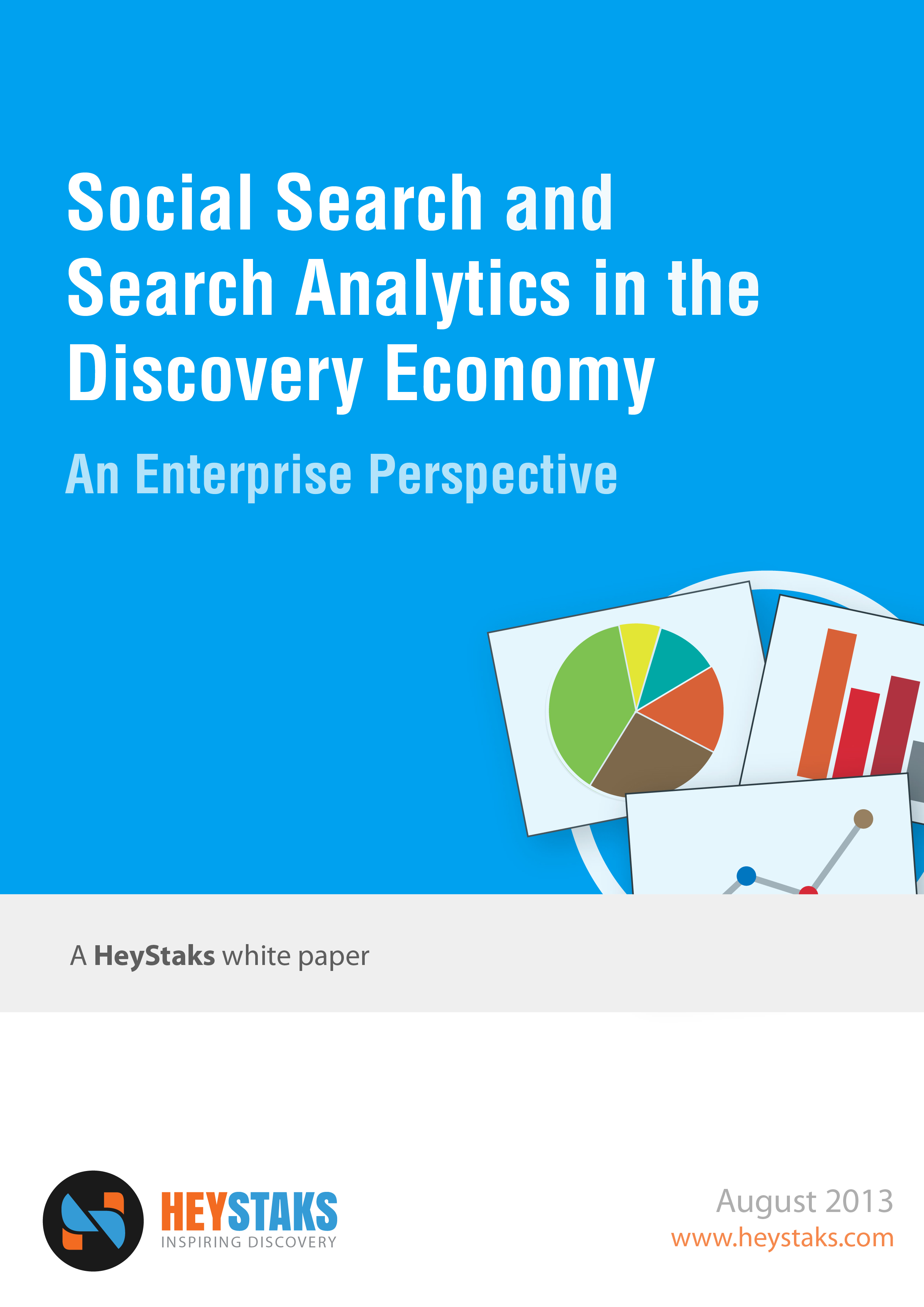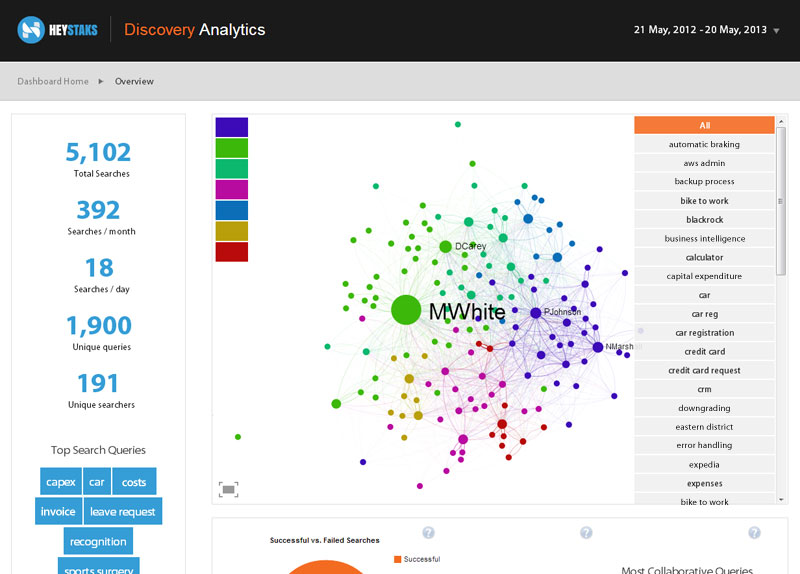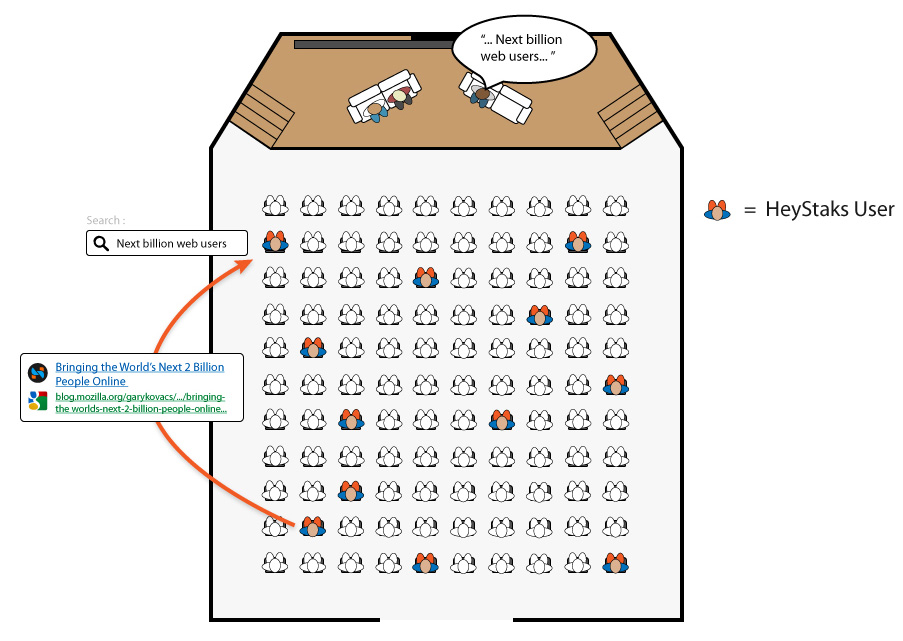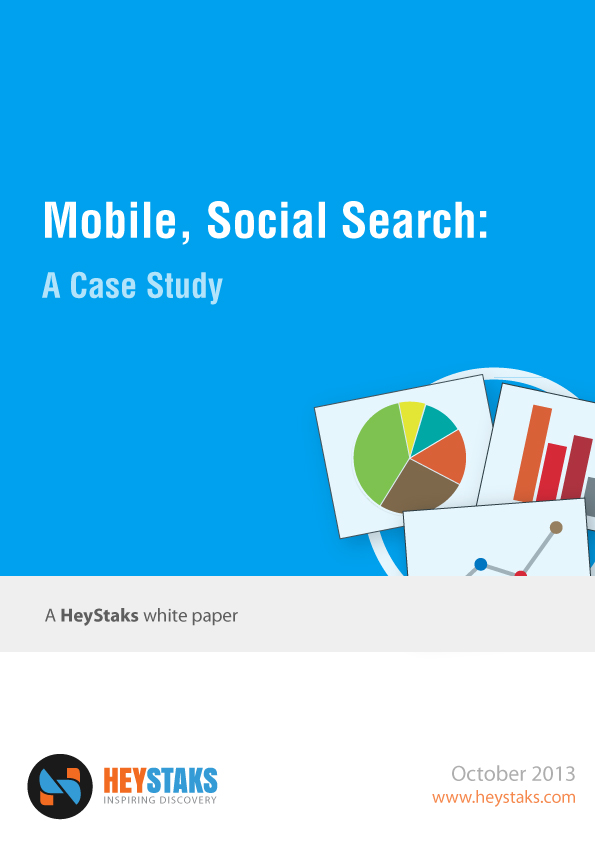
By Prof. Barry Smyth, HeyStaks’ Chief Scientist
We are living in a discovery economy where access to the right information at the right time can make the difference between success and failure. The ability to use modern information discovery tools such as search engines, social media, and related services is an important skill for us all to master, particularly on mobile devices where new tradeoffs exist when it comes to searching for and finding information online. In this paper we describe one such solution in the form of collaborative search, which combines conventional term-based search with a more social approach to information discovery that is particularly well-adapted to the constraints of mobile devices.


